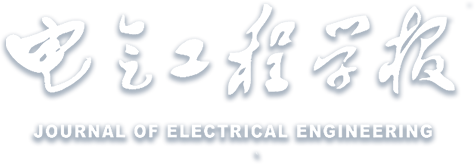Abstract:
As the scale of wind turbine clusters continue to expand, service quality control plays a crucial role in reducing operation and maintenance costs and enhancing power generation efficiency. A dynamic control method for wind turbine service quality is proposed to address the impact of converter temperature in expanding wind turbine clusters. The proposed method focuses on reducing operational maintenance costs and enhancing power generation efficiency through improved service quality management. A linear model is first established to correlate terminal voltage, converter temperature, and wind turbine output power. Subsequently, a real-time service quality control strategy is developed by considering temperature fluctuations in power converters. Optimal power reference values are determined through formulation of a multi-objective optimization problem that simultaneously balances power generation requirements with individual turbine health conditions. The control mechanism is designed to regulate wind turbines while preventing component failures and minimizing maintenance costs. Simulation experiments conducted in Simulink demonstrate that the proposed method effectively enhances turbine operational reliability and health performance. Implementation results indicate significant improvements in wind farm operational efficiency and measurable reductions in turbine failure rates, confirming the method’s capability to meet operational requirements while optimizing system longevity.


 下载:
下载: